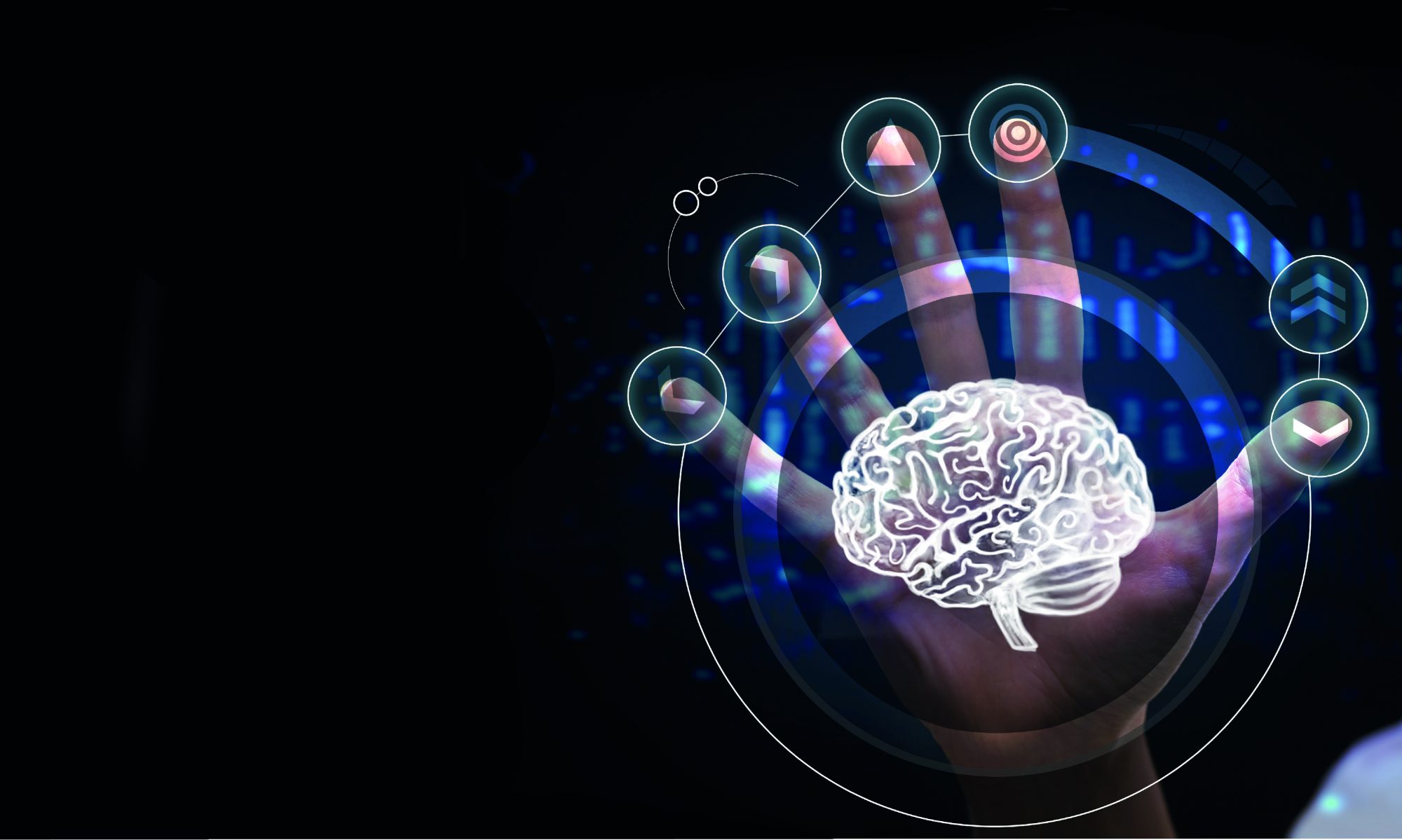AIM
To develop novel signal processing and statistical methods for the understanding of the cerebral, cardiovascular, and neurosensory systems. Studies are particularly aimed at advancing knowledge in the fields of physiology and neuroscience.
MEMBERS
-Principal Investigator: Prof. Riccardo Barbieri
-MS Students: Donatella Accogli, Giovanni Angelotti, Mirco Baroni, Jacopo Benedetti, Matteo Bolis, Riccardo Brambilla, Matteo Capone, Giacomo D’Alessandro, Ester D’Amico, Carlo Gustinetti, Pierandrea Morandini.
-Undergraduate Students: Marco Redaelli, Tommaso Cozzi, Riccardo Malossi, Gian Marco Mazzotta, Federico Malgara, Riccardo Rosati, Giulio Saroglia, Greta Pagano.
POLIMI COLLABORATORS
Instantaneous characterization of contactless physiological measures and of pupil dynamics (with Luca Mainardi, CPM-Lab), Linking Excellence in Biomedical knowledge and Computational Intelligence Research for personalized management of CVD within PHC (with Anna Bianchi, B3-Lab), Physiology, Emotion and Experience Lab (Pheel) (Laboratorio Interdipartimentale, with Sergio Cerutti, Anna Bianchi, Luca Mainardi), Caracterization of in vitro retinal spiking responses (with Pietro Cerveri, TBM-Lab), EEG analysis during active and assisted movements for neuro-rehabilitation (Alessandra Pedrocchi, Anna Bianchi, Marta Gandolla, Near-Lab, B3-Lab), Multidimensional characterization of mobile apps for hearing health care (Alessia Paglialonga, e-Health-Lab), Instantaneous characterization of Fetal Heartbeat dynamics (with Maria Signorini, B3-Lab), Instantaneous gate analysis (Manuela Galli e Veronica Cimolin, Divieti-Lab)
INTERNATIONAL COLLABORATORS
This Lab builds on the legacy of the Neuro Cardiovascular Signal Processing Unit at MGH/MIT, Boston, MA (PI: Barbieri). This unit is still active by a research agreement between Politecnico and MGH.
| Florian Beissner, MD | Pain Studies | |
| Matt Bianchi, MD, PhD |
MGH |
Sleep, HRV, EEG |
| Emery N Brown, MD, PhD |
MIT/MGH |
Anesthesia, Statistical Modeling |
| Sara Lazar, MD |
MGH |
Meditation |
| Roger Mark, PhD |
MIT |
ICU, HRV |
| Vitaly Napadow, PhD |
MGH |
Acupuncture, Nausea |
| David Paydarfar, MD |
UMass |
Premature Infants, Sleep Apnea |
| Philip J Saul, MD |
MUSC,SC |
Cardiovascular Models |
| Pawan Sinha, PhD |
MIT |
Emotion, Autism, HRV, EEG |
| Vegard Wyller, MD |
Rikshospitalet, Oslo, Norway |
Cardiovascular Pathology |
Modeling Neural Rhythms.
This line of research focuses on how individual and ensembles of neurons encode information about relevant biological stimuli, and uses statistical models of information representation by neurons in specific areas of the brain or in the peripheral neurosensory system. Studies have originally focused on the encoding of spatial information in pyramidal cells in the rat hippocampus in order to understand how they maintain and continually update a representation of the animal’s position in the environment. The benefits of this research bring critical knowledge along the following lines: a) a real-time assessment of information processing in the brain area; b) an improved quantitative understanding of the mechanisms by which information is encoded into short-term memory; c) development of a general paradigm for analyzing how information is encoded in neural systems data. Further research has focused on characterization of up-down states in neurons from the primary somatosensory cortex in behaving rats, and of fast oscillations (ripples) in the rodent hippocampus. More recently, here at the Politecnico, Prof. Barbieri has started a research line based on the analysis of the retina and the characterization of spiking activity from retinal neurons.
Modeling Cardiovascular Rhythms.
Application of signal processing methods to cardiovascular signals allows for investigation of novel statistical models of cardiovascular control, providing new quantitative indices that could have important implications for research studies of cardiovascular and autonomic regulation and for heart rate monitoring in clinical settings. Prof. Barbieri’s research is aimed at investigating multivariate models applied to cardiovascular variables, in order to provide new insights into cardiovascular regulation. Within his main R01 project funded by NIH-NHLBI in 2007, Prof. Barbieri’s research laid the groundwork for characterizing human cardiovascular control in a broad range of pathophysiological settings by developing effective novel measures of heart rate variability and cardiovascular control dynamics, and by producing a substantial record of successful and productive research studies. The main point process framework has been recently expanded to multivariate cardiovascular variables, and current developments of the modeling algorithms are focused on nonlinear dynamics and measures of complexity. Current research at the Politecnico applies these algorithms aiming at a more accurate, noninvasive assessment of cardiovascular control. Cardiovascular recordings are available through several national and international collaborations. Applications include tilt protocol studies, recordings under autonomic blockade, meditation studies, as well as sleep, pain and anesthesia studies. Important ongoing investigations are motivated by the goal of providing accurate biomarkers of several pathological states such as Parkinson’s disease, depression, bipolar disorder, autism, and post-traumatic stress disorder.
Modeling the heart-brain axis.
An important conceptual direction of Dr. Barbieri’s research is to develop data fusion techniques and algorithms to open new horizons in understanding the complexity of human physiology at multiple levels and scales. To this extent, in collaboration with Dr. Napadow, Prof. Barbieri has made a significant contribution to unraveling the central autonomic network in humans, using non-invasive neuroimaging approaches combined with physiological measurements. Autonomic nervous system function is disrupted in many chronic pain and nausea disorders, and multiple researchers have hypothesized that autonomic functioning may even play a role in maintaining the chronicity of these aversive perceptual states, particularly when organic etiology has been ruled out. Basic autonomic research has mostly been performed in animal models, and there is a lack of knowledge of the cortical and subcortical regions in the human brain that control peripheral autonomic outflow. Prof. Barbieri has proved that properly estimated autonomic metrics such as high frequency heart rate variability (HF-HRV) metrics can be successfully combined with fMRI data analysis (Napadow et al. 2008), thereby evaluating the neural correlates of the central autonomic network in the brain. Prof. Barbieri has published several manuscripts incorporating autonomic metrics collected in conjunction with fMRI data. Recent research has also proposed a novel framework to test transcutaneous Vagal Nerve Stimulation (tVNS) in hypertensive subjects and evaluate short and long term effects of stimulation on autonomic and cardiovascular control functionality. This project has been awarded an ongoing three-year grant from the American Heart Association.
Noninvasive clinical and wearable monitoring.
Reduction in healthcare costs has become a very critical issue in the last years. There is extensive need of properly designed smart technologies and algorithms that can reduce time in patient care and diagnostic procedures with consequent reduction in personnel costs, in mortality and morbidity, in data acquisition costs and optimal information deliverance (possibly by means of smart mobile devices and applications) with minimal risk for both patients and clinical personnel. In particular, research in the area of cardiovascular care has largely evolved over the past years, benefiting more and more from a multidisciplinary approach combining traditional medicine, mathematical knowledge, and advanced technology. To this extent, our current main line of work focuses on devising monitoring devices based on noninvasive recordings and able to characterize critical physiological mechanisms associated with cardiovascular control, the autonomic nervous system, and respiratory physiology, as well as to timely diagnose and possibly predict pathological states leading to disease. So far, several studies have provided successful preliminary monitoring applications of a multivariate cardiovascular model based on a point process paradigm. For example, heart rate assessment has been correlated with several other physiological variables to monitor apnea episodes in premature infants. Important studies have also been produced for assessment of depth of anesthesia using EEG, heart rate variability and galvanic skin response, and for quantitative evaluation of human emotional states. The strategy for future investigation here at Politecnico innovates logically on current achievements and, teaming up with Prof. Mainardi’s line of work, has led to the foundation of the Spinlabs.

